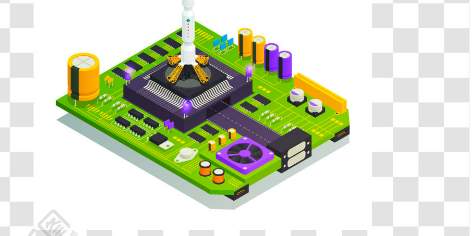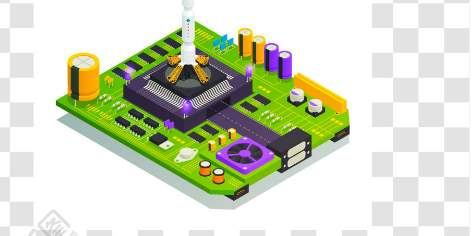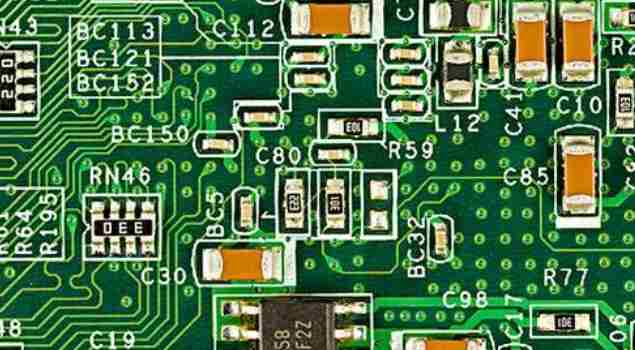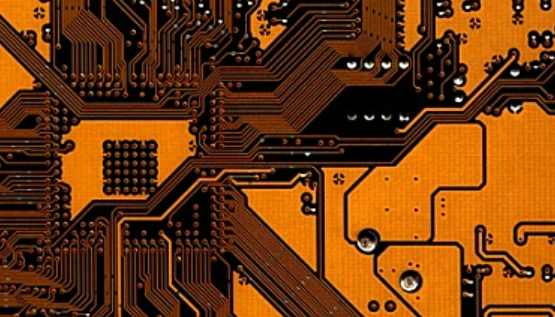
In PCB wiring, necessary measures should be taken to reduce the impedance of power lines and ground wires, and reduce waveform distortion and oscillation caused by common impedance, crosstalk and reflection. The width of the power cord is generally determined by the size of the printed circuit board current. The width of the power cord is generally selected from 48 to 100mil. If conditions permit, the width of the power cord should be widened as far as possible, and the loop resistance should be reduced.
3.2.1 Power Supply Design Principles
As the scale of the circuit increases, the types and quantities of power supplies in the circuit also increase. For the distribution of power supplies in a simple circuit, all power supplies can be summarized into one circuit. For complex circuits, the circuit can be divided into several modules, the number of power supplies remains the same, but also 1. However, for a variety of different voltages of the power supply, according to the circuit characteristics, in accordance with the principle of proximity, so that the multi-point power supply scattered in their respective circuit modules, for specific wiring methods, if each module power supply and ground wire has a common wiring resistance, then, any change in the current on a module, will affect the other substrate, so, Generally, the wiring for the GND of each baseboard power supply is led out from the power supply respectively with wiring resistances. Even if the voltage drop is generated due to current changes, it only stays on this module and will not affect other circuit modules.
2 Ground Cable Design Principles
To overcome electromagnetic interference, the most important means is grounding. The main principles of ground design are:
(1) For low-frequency signals with operating frequency less than 1MHz, the inductance effect between wiring and components is relatively small, but the circulation interference formed by grounding circuit is relatively large, so one-point grounding should be adopted. However, for signals with operating frequency from 1MHz to 10MHz, one-point grounding should be adopted, and the length of ground wire should not exceed 1/20 of the wavelength. For signals with an operating frequency greater than 10MHz, the ground impedance becomes large as the frequency increases. Therefore, the ground impedance should be reduced by using the nearest multipoint grounding method.
(2) analog ground, digital ground and high power device separation;
Low frequency circuit should be as far as possible to use a single point of parallel grounding, the actual wiring is difficult to partially series after the parallel grounding; For high frequency and digital signals, both ends of the shielded cable are grounded; The AC center line (AC ground) and DC ground are strictly separated, so as not to interfere with each other and affect the normal operation of the system.
(3) The ground wire should be as thick as possible.
If the grounding wire is very flexible line, the grounding potential changes with the change of current, so that the noise resistance performance is reduced. The ground wire should therefore be thickened so that it can pass through three times the allowable current on the printed board. If possible, the ground cable should be more than 80 to 120mil.

(4) Use large area grounded copper foil.
Use a large area of copper layer as ground wire to fill the unwired area of ground wire, but pay attention to avoid using a large area of solid copper foil, because a large area of solid copper foil after a long time of heat, easy to occur copper foil peeling off phenomenon; For areas where a large area of copper foil must be used, a grid can be used instead. The grid is beneficial to eliminate volatile gases generated by the heating of the adhesive between the copper foil and the substrate. High frequency components around as far as possible with a large area of ground copper foil grid, through the parts of the foot (DIPPIN) spread on the copper foil with hot welding plate treatment.
3 Beautiful design of wiring
In PCB design, we should not only consider the orderly placement of components, but also consider the beautiful and smooth routing. In order to ensure to meet the requirements of national standards and circuit electrical rules, but also should pay attention to the wiring of the beautiful design, especially for some may be exposed to the user in front of the circuit, wiring of the beautiful design, may affect the image of the product.







